good add on.... appreciate it.This link provide great detail into the customer discovery process better than I could write here.
Feeling lazy
What is Customer Discovery? A 4-Step Guide to Building the Right Product for the Right Customers | Future Founders
Future Founderswww.futurefounders.com
Install the app
How to install the app on iOS
Follow along with the video below to see how to install our site as a web app on your home screen.
Note: This feature may not be available in some browsers.
You are using an out of date browser. It may not display this or other websites correctly.
You should upgrade or use an alternative browser.
You should upgrade or use an alternative browser.
Side Hustle: Business Plan info to consider
- Thread starter mailboxpimp
- Start date
that’s what I’m doing, well on word....
Copy and paste
That's what's up.
I started doing the same a few months back (using Word), but have found it much easier to just use a Google Sheet (Excel clone).
Mad convenient being able to add more tabs and having nearly unlimited space for notes, consolidated all in one place and across devices.
I might looking to this, this my first time doing this so I’m kinda wide-eyed at the momentThat's what's up.
I started doing the same a few months back (using Word), but have found it much easier to just use a Google Sheet (Excel clone).
Mad convenient being able to add more tabs and having nearly unlimited space for notes, consolidated all in one place and across devices.
I might looking to this, this my first time doing this so I’m kinda wide-eyed at the moment
I'm notorious for having notes all over the place and then not revisiting them often enough because they aren't organized. Everyone thinks/learns/ absorbs info differently, you just have to find what works best for you.
I think (hope) I finally found my comfort zone doing it this way (google sheets). Mainly because I can move shit around easier and color code. But also the auto saves once I close and all that.
I’m about to look into it that right nowI'm notorious for having notes all over the place and then not revisiting them often enough because they aren't organized. Everyone thinks/learns/ absorbs info differently, you just have to find what works best for you.
I think (hope) I finally found my comfort zone doing it this way (google sheets). Mainly because I can move shit around easier and color code. But also the auto saves once I close and all that.
subz
yp!!! Imma make a video ...................... that might help a lotta people out. you can listen to it.This the rough draft look, I plan on styling it up, if I can figure out how to
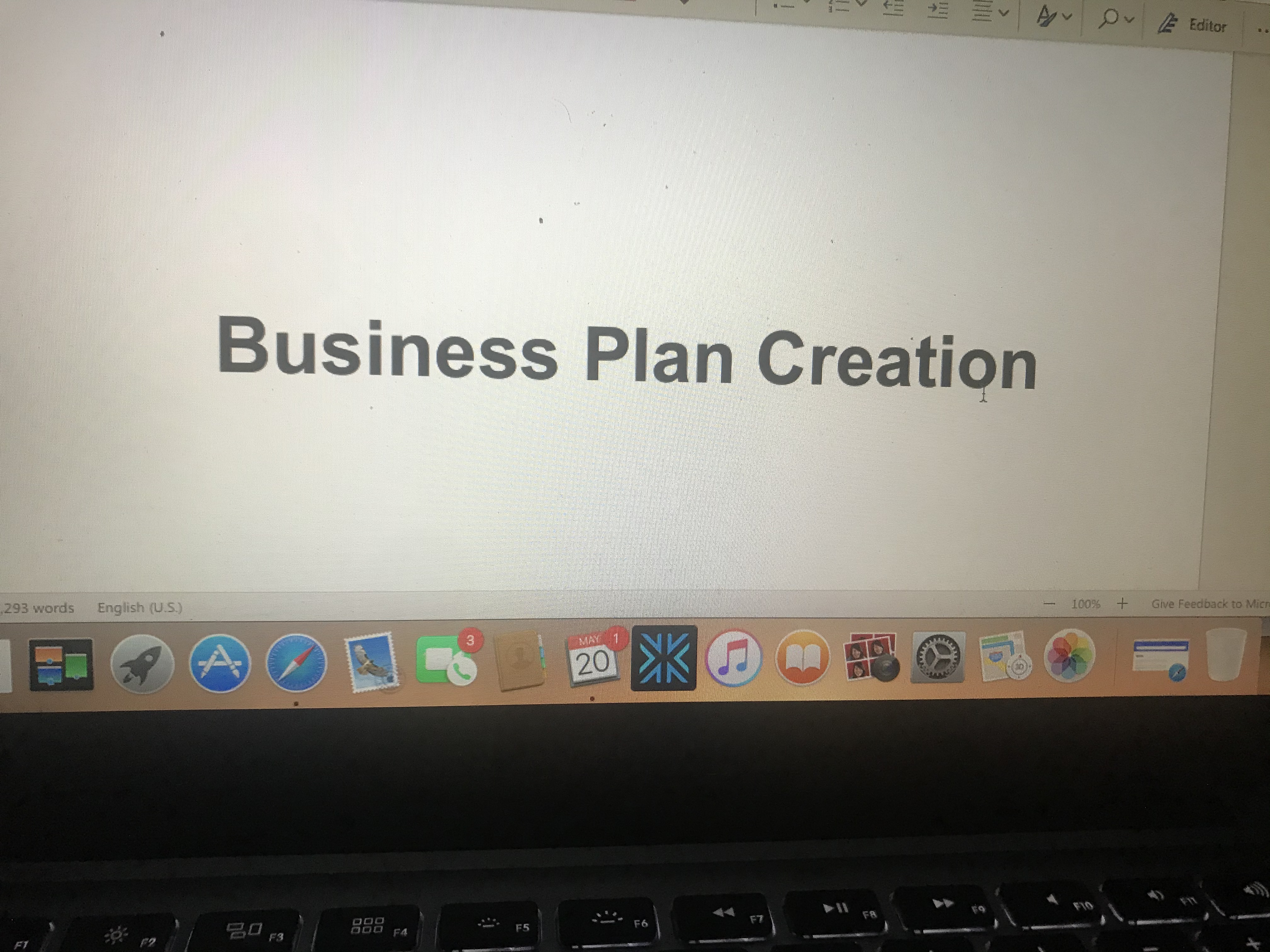
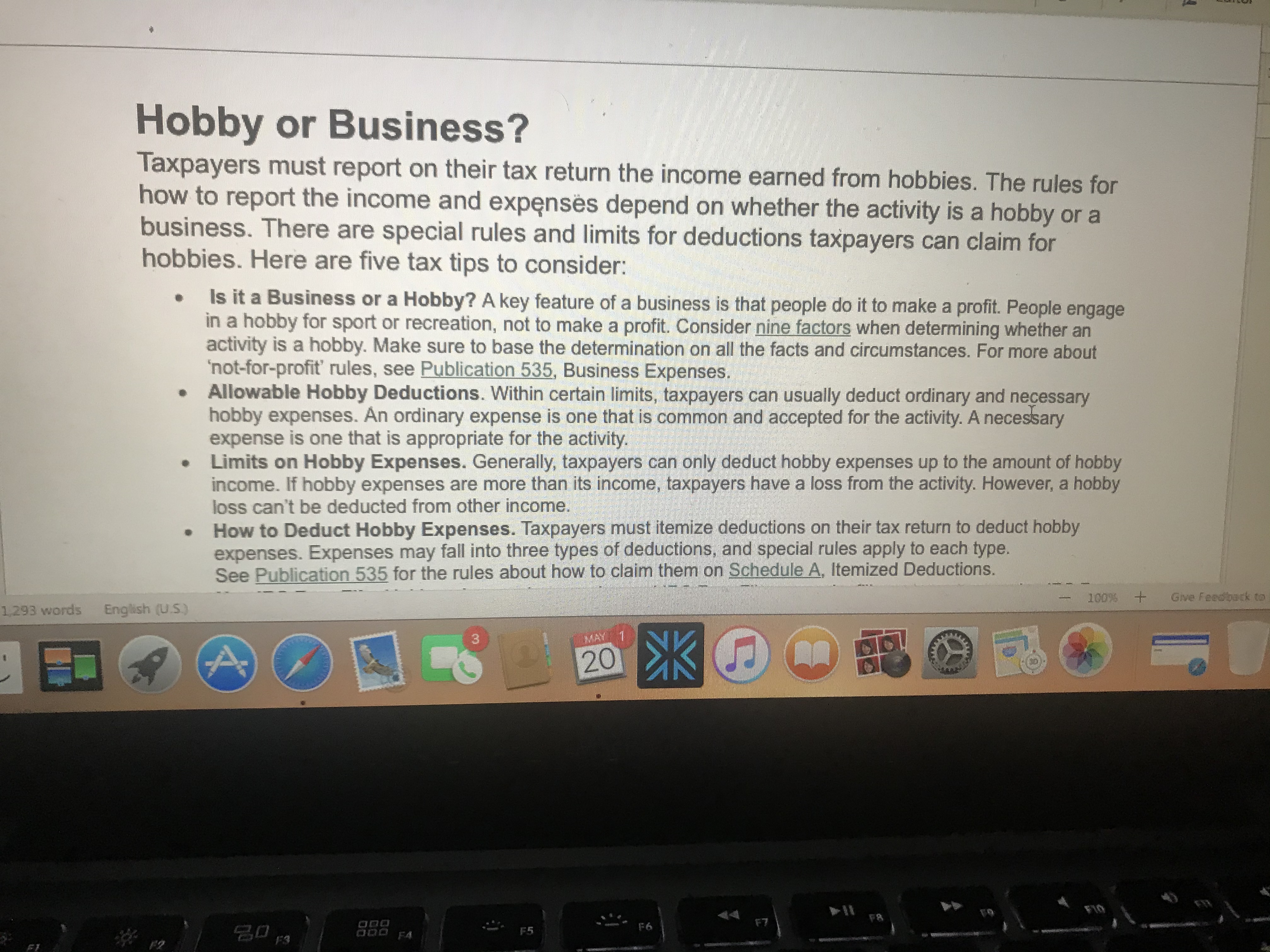
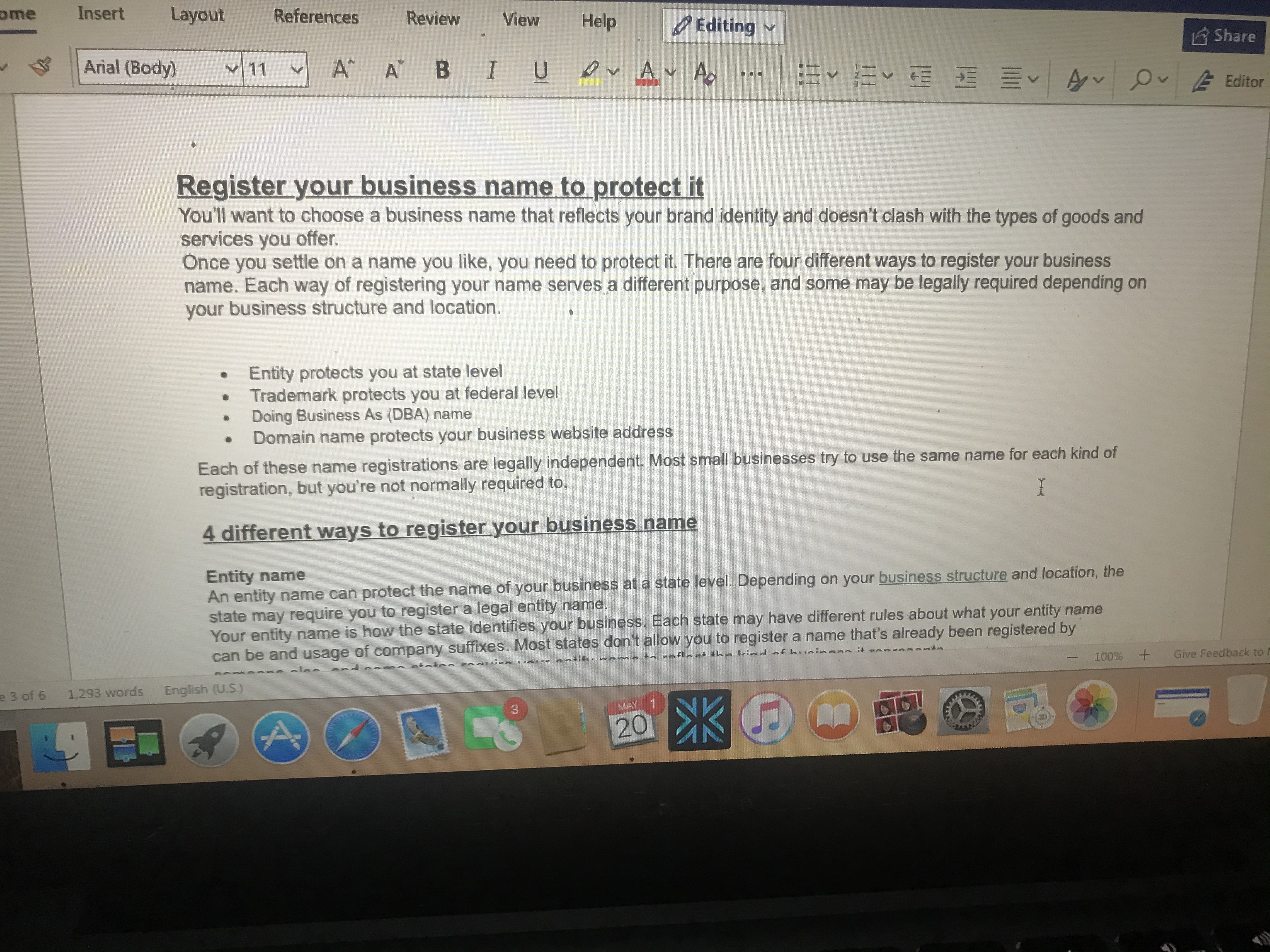
links to everything will be in the description.
give me a few days
Customer Discovery in 4 StepsThis link provide great detail into the customer discovery process better than I could write here.
Feeling lazy
What is Customer Discovery? A 4-Step Guide to Building the Right Product for the Right Customers | Future Founders
Future Founderswww.futurefounders.com
Step One: Define a Hypothesis
The first step is to form a hypothesis that defines both the problem and the solution you are proposing. A simple way to frame this is to fill in the following sentence:
My idea solves [insert problem] by [insert solution].
A word of warning: pay very close attention to your assessment of your problem. Be as specific as possible. A good hypothesis addresses a single problem with a single solution. For example: Instead of saying, “My idea solves people’s need to do laundry by offering a laundry delivery service,” a better idea hypothesis might be, “My idea solves the inconvenience and large time commitment of maintaining clean laundry by offering a 24-hour convenient laundry delivery service.” The first addresses a vague problem that does not match the solution (a laundry service doesn’t solve the need for clean laundry), while the second directly addresses the heart of the issue and matches it with a corresponding solution.
Different kinds of hypotheses reflect different stages of your Customer Discovery journey. Breaking down your Customer Discovery journey to focus on one specific hypothesis will make your results more articulated and insightful. Here are four of the most common hypotheses you see in the Customer Discovery journey:
- Problem Hypothesis: A hypothesis that addresses the problem you’re looking to solve. Is it an actual problem people have? What’s the scope of the problem? Why does the problem exist?
- Solution Hypothesis: A hypothesis that addresses the proposed solution to a problem you’ve identified. Does your solution actually solve the problem in the customer’s eyes?
- Price Hypothesis: A hypothesis that addresses the feasibility of your solution? Can it generate revenue? Are customers willing to purchase at your price to alleviate their pain?
- Go-to-Market Hypothesis: A hypothesis that addresses how you will get your solution in the hands of the customer. Is your MVP (minimum viable product) able to be distributed? How will they find your product? How will they purchase your product?
Step Two: Define Your Assumptions
When detailing your hypothesis, you will be forced to make some assumptions about your idea. These will include assumptions that:
- The problem you addressed is actually a problem
- The solution you propose will actually solve the problem
- The market you plan to target has this problem
- The market you plan to target will be willing to pay for your solution
Source: xtensio.com
Step Three: Ask (Good) Questions
The next step is to “get out of the building” and ask some questions. You’re going to start by targeting people who you believe could be potential customers. If you’re running a college laundry business, you should not be asking your parents or professors questions. They are not going to be your customers. Ask the people that you anticipate asking to buy your product in the future. They hold the answers.
[Check out our Customer Discovery Worksheet, complete with sample questions!]
Next, you’re going to ask “detective” questions. This isn’t just “asking around” for people’s thoughts on your idea, though. In fact, you really shouldn’t mention your idea at all. This is because Customer Discovery allows you to let your customers build your product for you. That’s right. You thought you were in the driver’s seat, but you actually get to sit back and relax while your product gets built before your eyes (so to speak).
This is because Customer Discovery questions are open-ended and nonspecific about your idea. By letting the customer lead the conversation, you will end up letting them tell you about their ideal solution (instead of the other way around). Example questions might include:
- Tell me how you currently do _____________________.
- How is that process working for you?
- If you could do anything to improve your experience with ___________________, what would it be?
- What’s the hardest part about ______________?
- What do you like/dislike about ______________?
Step Four: Evaluate and Refine
If you perform the Customer Discovery process correctly, chances are you’ll discover some things that you had not originally considered. At this point, you have the opportunity to return to the drawing board (Step One), incorporate what you’ve learned, and repeat the process. Once your customers’ responses match your hypothesis, then you can move on confidently, knowing that you are about to build something that your customers will actually want.
It may seem frustrating to have to go back and revise your original idea, but think about this: it is far better (and cheaper) to revise your idea now–at the beginning–than after you have already spent significant time and money building a product or service around false (or partially false) assumptions.
This gives you a distinct advantage over everyone else in the market. Someone else may be building the fastest product, but you will end up building the best product.
[Be sure to download our 4-step Customer Discovery infographic to use a quick reference guides on these steps]
What Customer Discovery Approach is Right For You?
Now that you know the in-and-outs of the Customer Discovery process, it’s important you choose a format and distribution strategy that best fits your goal. Today, virtual versions of Customer Discovery are as common as traditional in-person methods. Even over a computer screen, face-to-face Customer Discovery can still be done, so make sure you consider all options when thinking about who you want to talk to. Here are some of the most effective Customer Discovery methods you can perform both in-person and online.
In-Person Forms of Customer Discovery
Interviews:
- The deepest insights found through your Customer Discovery journey will always come from face-to face interviews.
- With the right questions, you will receive the most candid and thought-provoking answers from your potential customers.
- Pay special attention to body language and tone during interviews, as they can indicate a level of comfort, truthfulness, or uncertainty in their answers.
- The main drawback of conducting interviews in person is the coordination, money, and time needed to make the interview possible.
- With a focus group, you can write discussion-based questions that will provide unique insights from either like-minded or disagreeing customers.
- While focus groups require even more money, time, and coordination than interviews, they can lead you to a more populated understanding of your assumptions.
- Making assumptions about what you expect to see when observing customers in their natural habitat is another form of Customer Discovery.
- Instead of asking customers the questions, write questions that you will answer yourself based on what you observe.
- This approach will push you to be unbiased and attentive, leaving you with a unique third-person point of view on your hypothesis and assumptions.
Virtual Forms of Customer Discovery
Surveys:
- Using an online survey for Customer Discovery has always been one of the most common practices for collecting data
- Advantages: Organized, data-driven, low cost, easy to distribute, contact collection
- Disadvantages: Limited in responses, not-personalized, need incentives
- Platforms: Google Forms, SurveyMonkey, Typeform, Formstack, etc.
- With the entire world Zooming, virtual interviews are possible. Connecting with people via webcam can still provide you with deeper insights and feedback.
- Advantages: Personalized, (limited) body language, tone, follow-up questions
- Disadvantages: Coordination requires an interviewer, time, limited in sample size
- Platforms: Zoom, Google Meet, Microsoft Teams, FaceTime, Phone, etc.
- Using virtual meetings, you can also mimic an in-person focus group. Getting creative is required here, as you’re only limited to the abilities of your software.
- Advantages: Discussion, larger numbers, adaptability
- Disadvantages: Costly, tech issues, physical restraint, overpowering voices
- Platforms: Zoom, Google Meet, Discuss, Remesh, etc.
- A unique take on the survey approach is providing customers with a list of questions or prompts and asking for their responses via unedited video.
- Advantages: Detailed answers, train of thought apparent, body language, tone
- Disadvantages: File sharing issues, re-takes, incentive needed
- Platforms: Email, Text, WeTransfer, YouTube, Dropbox, etc.
- Customer Discovery can be done by just reading what customers are saying or doing online. By making assumptions beforehand, you can prove or disprove your hypothesis by just reading the answers that already exist on the internet.
- Advantages: Endless information, free of cost, timely
- Disadvantages: Can be unverified, exaggerated, not personalized, hard to be unbiased
- Platforms: Online forums (such as Reddit), comment sections, social media pages, etc.
Always Question Your Assumptions
The core of Customer Discovery – questioning your assumptions – is actually a practice that can and should follow throughout every stage of your business’s growth. Remember – you are a scientist trying to uncover evidence. Any scientist that assumes something is true without first proving it is a pretty bad scientist. Similarly, any entrepreneur that assumes certain traits about a problem or market segment without proof is asking for trouble.
It may be hard to restrain yourself from jumping right into the process of building your idea, but remember–laying a proper foundation upfront will make sure your idea lasts for years to come. Glossier, one of the hottest brands in cosmetics, spent years operating as a blog before releasing their first product. This allowed them to build a community and conduct ongoing Customer Discovery to better understand the needs and behaviors of their potential customers before crafting their first products built specifically for them. Dropbox, the billion dollar file sharing company, basically let their target customers build their platform through their Customer Discovery journey by feeding code to their early adopters.
Same thing goes for startups like Nerdy Nuts, which has built a robust Facebook group that allows them to conduct Customer Discovery daily, and YOURS, which uses an ongoing series of content to engage with potential customers and learn about their preferences, problems, and interests in the non-alcoholic wine space. For a more in-depth example of an early-stage Customer Discovery journey, check out this blog about Hangio founder Ayodele Aigbe’s Customer Discovery process.
By taking the time to understand their customers first through the power of Customer Discovery, these companies are creating vastly more efficient pathways to building something that their audience truly wants.
When Are You Done With Customer Discovery?
Technically, never. But at any stage of your startup journey, if you’re able to support your hypothesis with a sufficient amount of proof, you can consider that Customer Discovery experiment a success. Before you’re able to recognize patterns or themes that support your hypothesis, it’s important you repeat the process until you can.
There comes a point in the Customer Discovery journey where instead of making assumptions and hoping to prove them right or wrong – the patterns will clearly reveal themselves. Discovering these patterns is how you’ll be able to create an entire target market of people with a shared problem that your solution addresses. Sometimes, you’ll recognize a pattern or theme that wasn’t even the purpose of your experiment. Don’t ignore this discovery, embrace it! Many historic inventions, like Coca Cola or the pacemaker, came from an accidental discovery in a scientific experiment. Customer Discovery is no different.
With the right hypotheses, assumptions, and questions, your Customer Discovery journey is sure to lead you to creating a great product or service that serves the needs of your customers.
Aight bro, I’m be looking for ityp!!! Imma make a video ...................... that might help a lotta people out. you can listen to it.
links to everything will be in the description.
give me a few days
The Beginners Guide To Creating An SBA Business Plan - pt 1This the rough draft look, I plan on styling it up, if I can figure out how to
The Beginners Guide To Creating An SBA Business Plan - pt 1
Just came drop my daughter off, but I’m definitely check this out in the morning…
Shit yea
The Beginners Guide To Creating An SBA Business Plan - pt 1
The Beginners Guide To Creating An SBA Business Plan - pt 1
Just send this to my family… to show them how you Simplified everything
Bump for the knowledge!
Is it bad to admit I just want to start a business for the tax breaks I keep hearing I'm missing out on by not having one?
Is it bad to admit I just want to start a business for the tax breaks I keep hearing I'm missing out on by not having one?
its the American wayBump for the knowledge!
Is it bad to admit I just want to start a business for the tax breaks I keep hearing I'm missing out on by not having one?
there's a list of cars/ trucks you can buy for ya business & write it off on ya taxes
you can pay yaself as an employee.... its good if you have child support issues
dinners & trips can be written off & a separate line of credit.
appreciate that..Just send this to my family… to show them how you Simplified everything
oh yea....I’m still do that and be waiting on your work...
When you first created the thread and showed me, I said “oh wow, I could study this and learn it front and back and really help my folks”
The idea of the binder, just came to me because that was the format my old employer gave us the study guides for NCCER certification. So that’s was my thoughts.
Want it to kinda look something like this, but I just learning how to operate excel/word so it’s gonna take a while...
(Kinda want to have it where is easy to understand for my lil once they get into 9th grade)
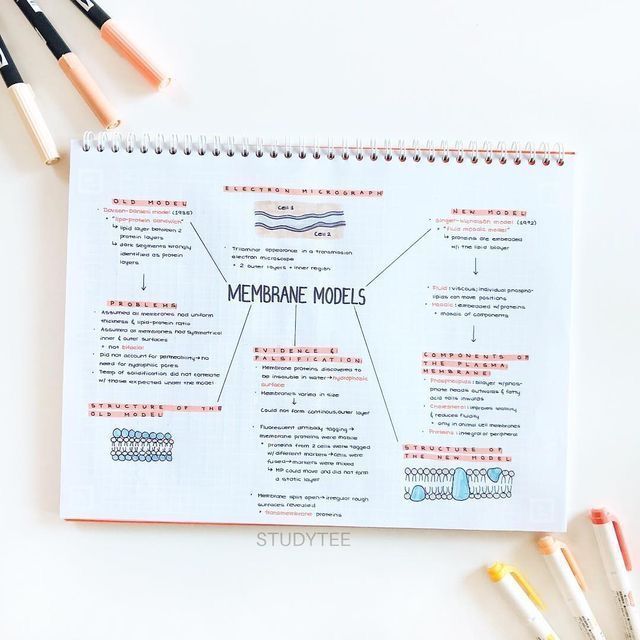
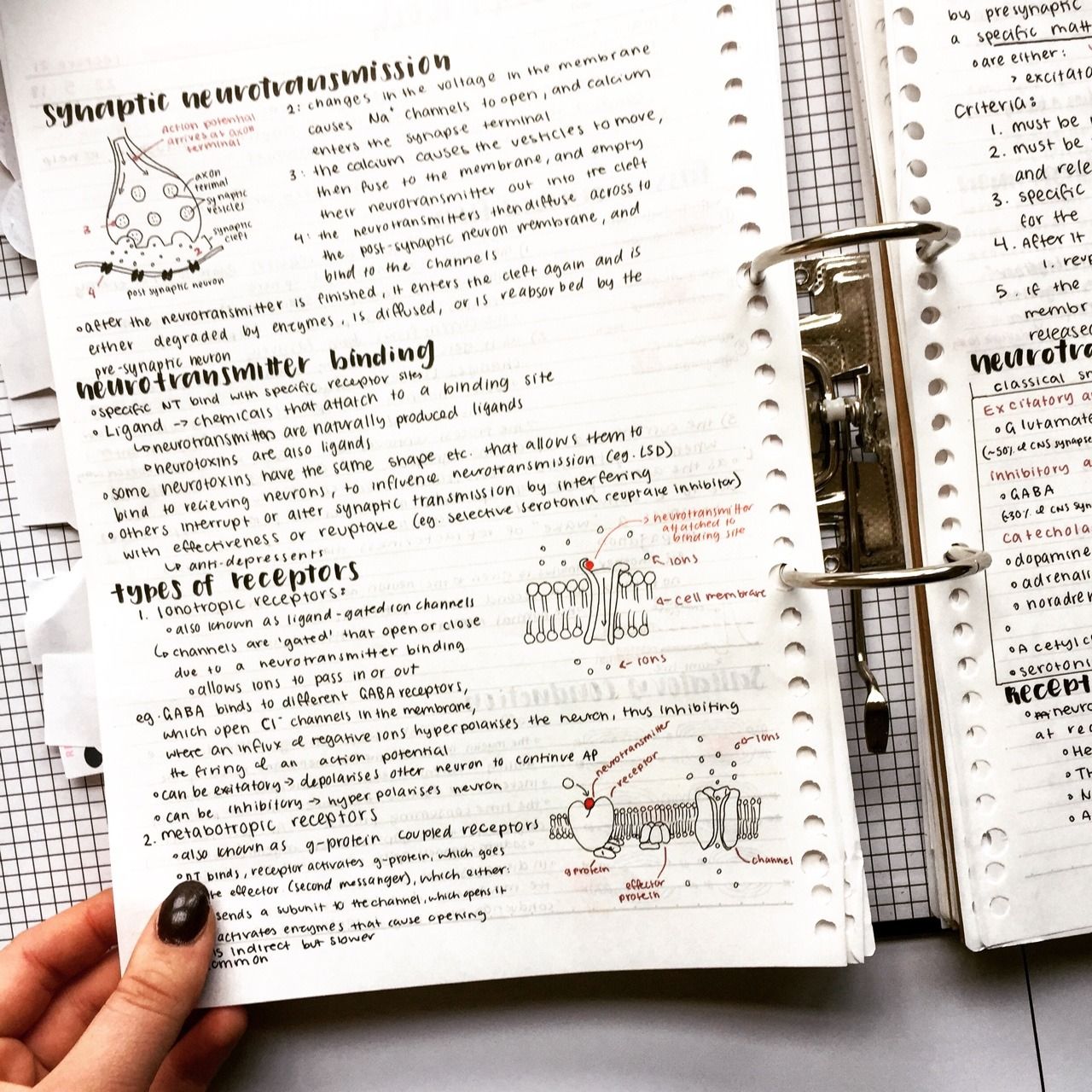
Similar threads
- Replies
- 1
- Views
- 76
- Replies
- 1
- Views
- 57
- Replies
- 0
- Views
- 164
- Replies
- 9
- Views
- 171

